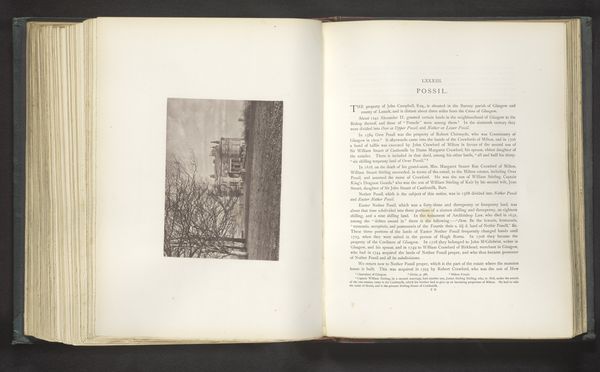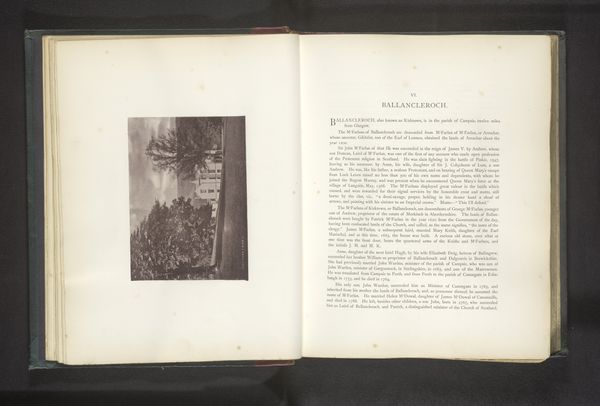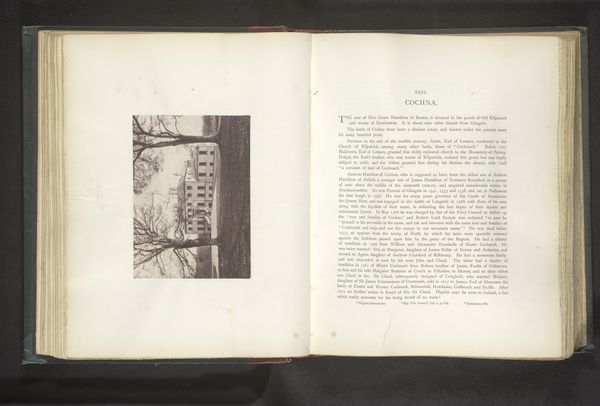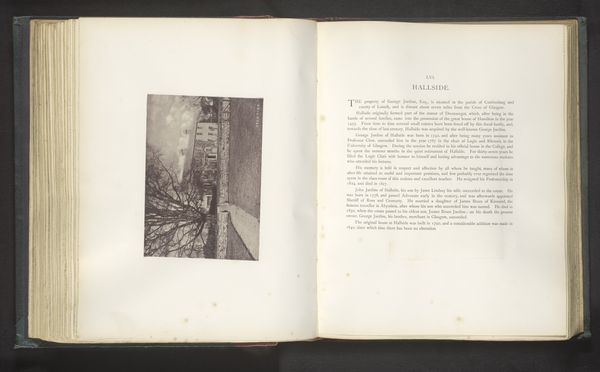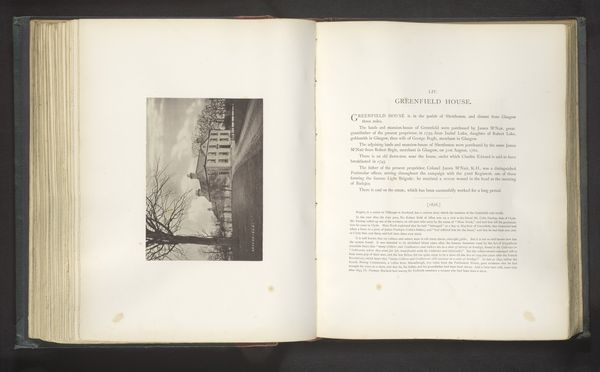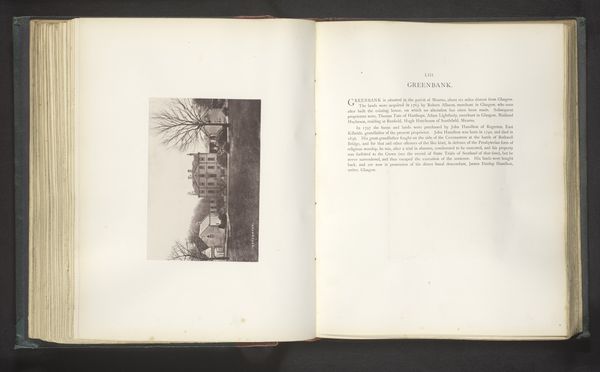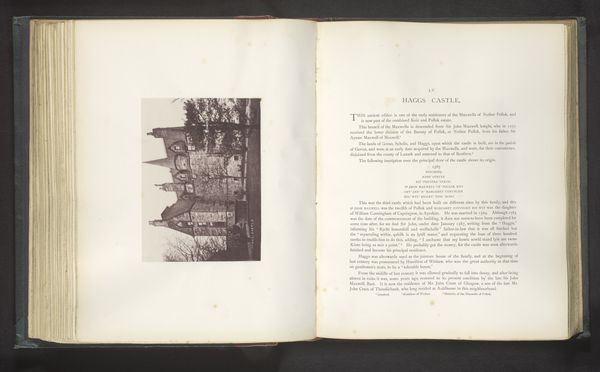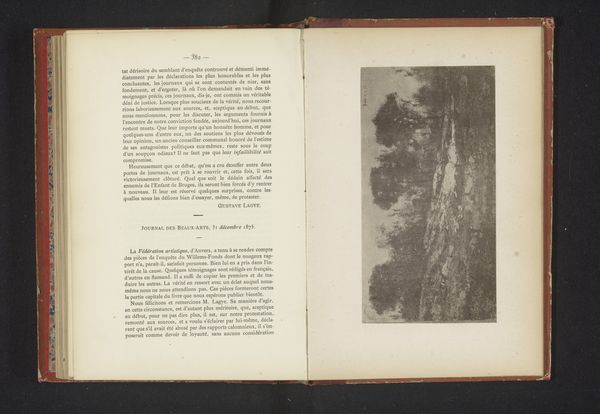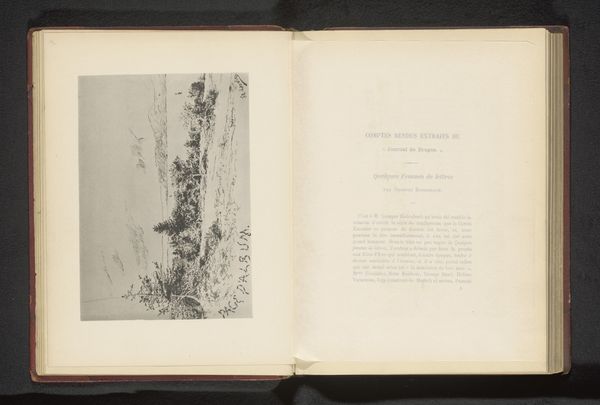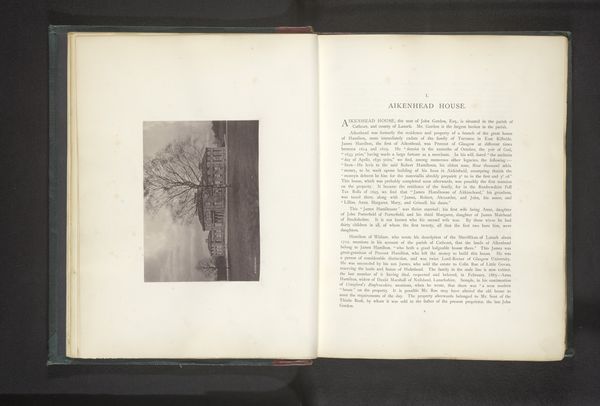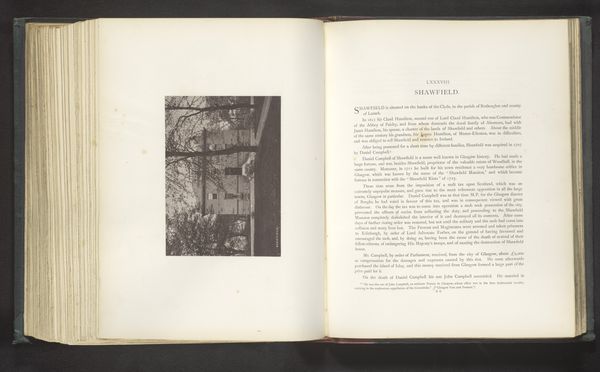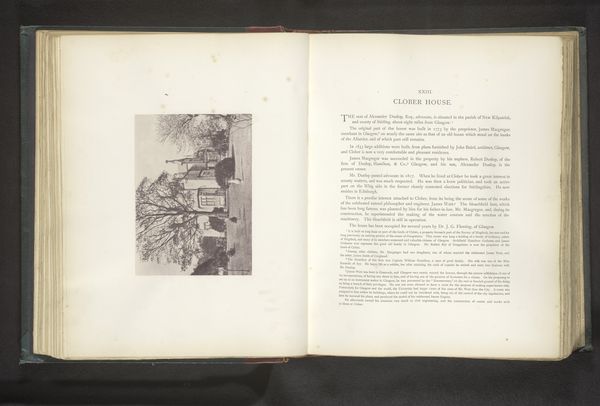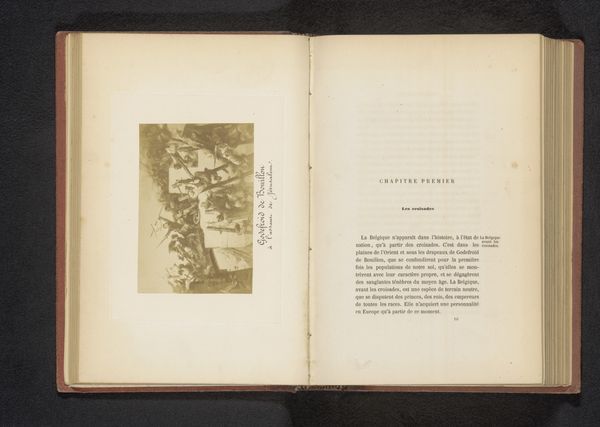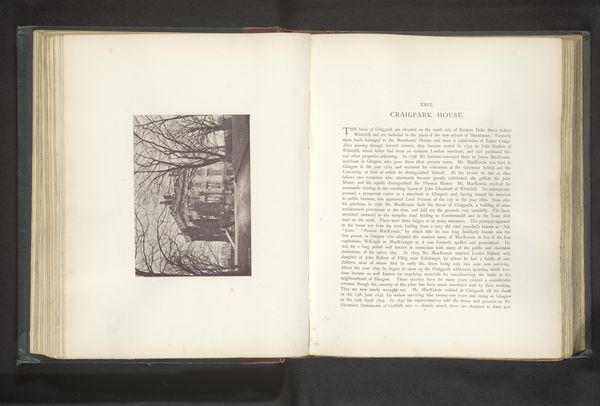
print, photography, gelatin-silver-print, albumen-print
# print
#
landscape
#
photography
#
gelatin-silver-print
#
albumen-print
Dimensions: height 115 mm, width 160 mm
Copyright: Rijks Museum: Open Domain
Editor: Here we have Thomas Annan's "Daldowie," likely a gelatin-silver or albumen print from before 1878. It depicts a grand house, almost starkly, against what seems to be a desolate landscape. What strikes me is its formal, almost cold presentation. How do you interpret this work? Curator: This image offers us a powerful intersection between representation and the social history of land and ownership in 19th-century Scotland. It's crucial to ask, who was Annan photographing this for? These estate portraits were often commissions from the landowners themselves, solidifying their status through visual documentation. Consider the historical context – the Highland Clearances, the concentration of land in fewer hands… Does this image celebrate or subtly critique that power dynamic? Editor: I hadn't considered the commission aspect. So, the starkness I initially perceived could be intentional, reinforcing the owner's control? Curator: Exactly! The almost clinical portrayal minimizes any romanticism often associated with landscapes, centering instead on the constructed authority of the estate. Notice how nature seems almost secondary, serving as a backdrop to the house's imposing presence. Editor: So, the photograph isn't just a record, but a statement about power and land ownership during that period. It prompts questions about who is represented, and who is conspicuously absent from the frame. Curator: Precisely. By examining these photographs through a lens of social and political history, we uncover layers of meaning far beyond a simple visual document. The absence, the voicelessness of those displaced from the land, echoes loudly even in its silent composition. Editor: It really gives a new perspective on landscape photography of that era. Curator: Indeed, looking closely helps us read this as more than just an architectural record but as a complex artifact that speaks of a very particular social structure and perhaps social injustice.
Comments
No comments
Be the first to comment and join the conversation on the ultimate creative platform.
